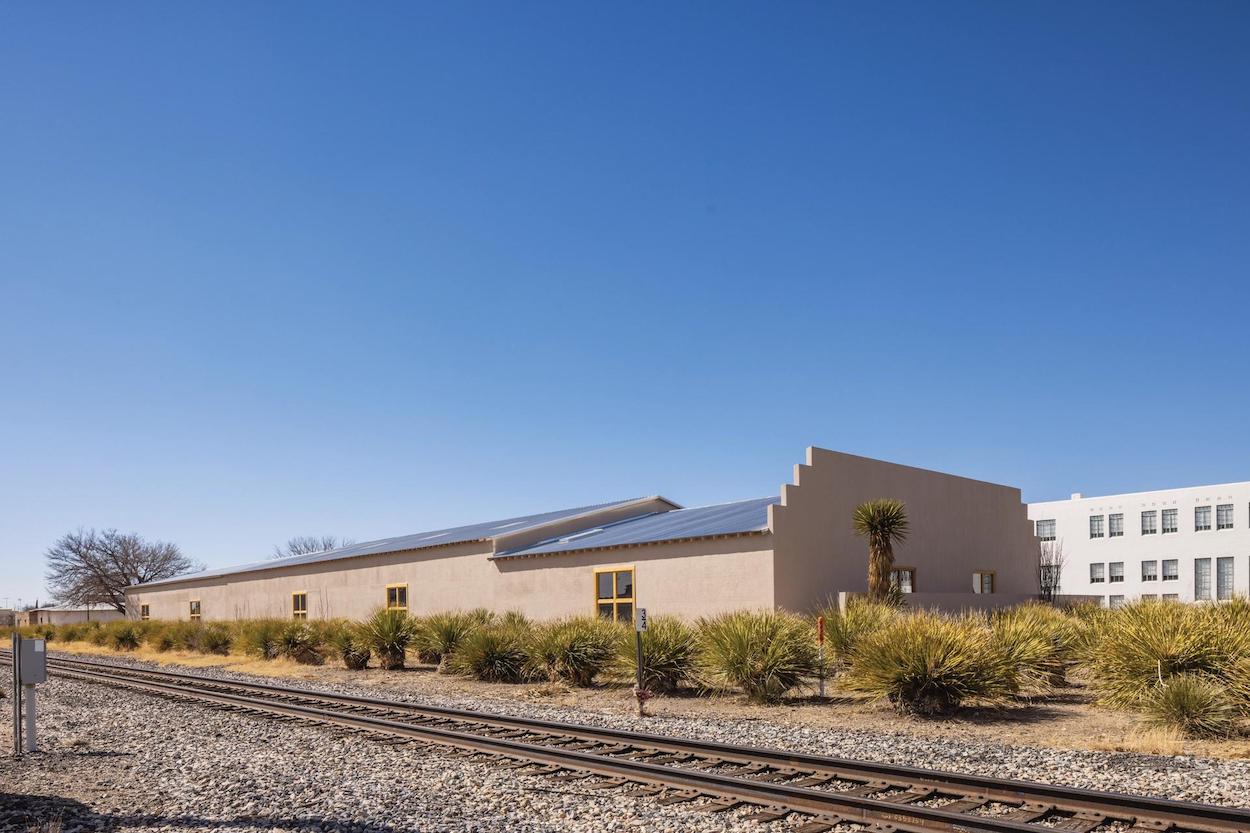In 1971, Donald Judd rented a house in Marfa, a quiet town in the desert of western Texas, where he would acquire 34 buildings and more than 32,000 acres of ranch land over the next decade with the help of the Dia Art Foundation. The properties, which would open as the Chinati Foundation in 1986, comprise a sprawling museum where Judd exhibited not only his own abstract work, but the like-minded artists he admired greatly. Today, the nonprofit institution presents permanent large-scale artworks that are deeply introspective—from Roni Horn’s severed copper cones to the mesmerizing fluorescent lights of Dan Flavin—while inextricably linking art with the surrounding land.
The first Chinati Foundation structure to open—a series of three converted wool warehouses downtown—was dedicated to sculptor John Chamberlain, who installed 22 large works made from crushed and welded automobile parts. But the region’s extreme high altitude, desert heat, and winds battered the structure, which long reigned as the world’s largest permanent installation of Chamberlain’s work. The Chinati Foundation identified the Chamberlain Building as its top priority as part of a 2017 master plan looking toward the future and earmarked $40 million for ongoing restoration efforts. After a meticulous year-long process undertaken by Houston-based firm Schaum/Shieh and JC Stoddard Construction, a firm involved in preservation efforts at the Alamo, the building is finally reopening tomorrow.


